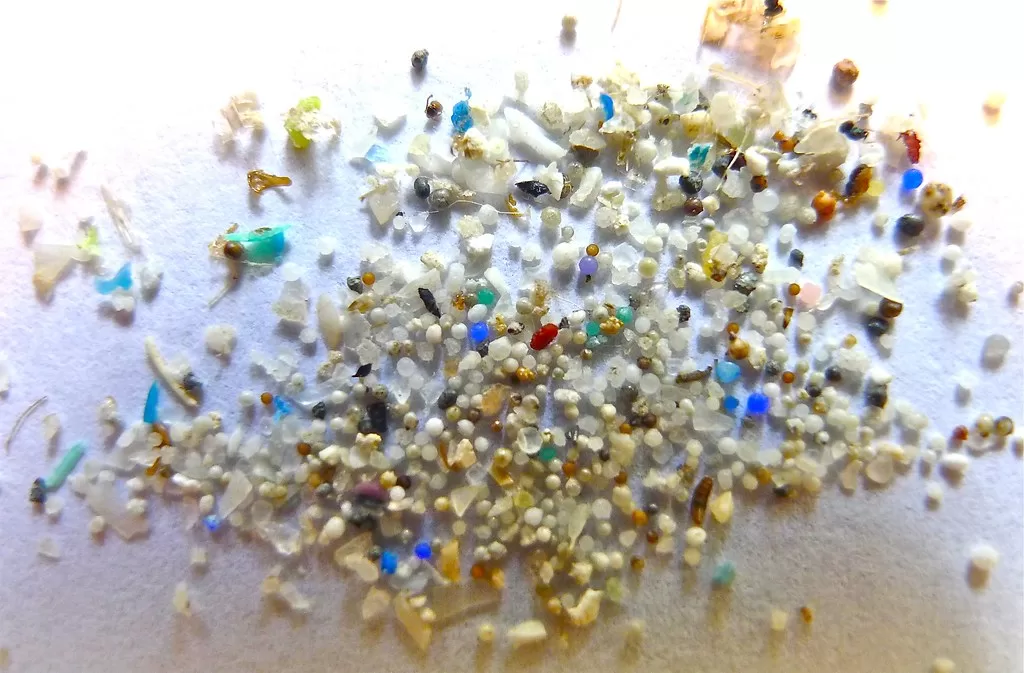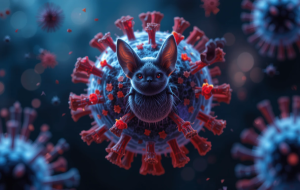Microplastics: A Growing Threat to Human Health – What Healthcare Providers Need to Know

Microplastics: A Growing Threat to Human Health - What Healthcare Providers Need to Know
Microplastics are tiny pieces of plastic, less than 5 millimeters in length. They can come from a variety of sources, including larger pieces of plastic that break down over time, synthetic clothing fibers, and microbeads in personal care products. Microplastics are now found everywhere in the environment, including in our air, water, and food.
Why should we be concerned about microplastics?
Microplastics are a concern for human health because they can be ingested and absorbed by the body. Once inside the body, microplastics can accumulate in tissues and organs, and they have been linked to a variety of health problems, including inflammation, oxidative stress, and cell damage.
Microplastics can also carry harmful chemicals, such as heavy metals and persistent organic pollutants. These chemicals can be released from the microplastics into the body, where they can cause a variety of health problems, including cancer, reproductive toxicity, and developmental problems.
What can patients do to reduce their exposure to microplastics?
There are a number of things that patients can do to reduce their exposure to microplastics, including:
- Drink filtered water. Microplastics can be found in both tap water and bottled water. Using a filter can help to remove microplastics from the water you drink.
- Avoid single-use plastics. Single-use plastics, such as plastic bags, straws, and utensils, are a major source of microplastic pollution. By avoiding single-use plastics, you can help to reduce the amount of microplastics in the environment.
- Choose natural materials over synthetic materials. Synthetic materials, such as polyester and nylon, can release microplastic fibers when they are washed. By choosing natural materials, such as cotton and bamboo, you can help to reduce your exposure to microplastics.
- Wash your clothes with a filter bag. A filter bag can help to trap microplastic fibers from your clothes before they enter the wastewater system.
- Eat less seafood. Seafood is a major source of microplastics. By eating less seafood, you can help to reduce your exposure to microplastics.
What can healthcare providers do to educate their patients about microplastics?
Healthcare providers can play an important role in educating their patients about the risks of microplastic exposure and the things they can do to reduce their exposure. Here are a few tips:
- Talk to your patients about microplastics. When you see a patient for a routine checkup, take some time to talk to them about microplastics and the potential health risks associated with exposure.
- Provide patients with educational materials. There are a number of educational materials available about microplastics. You can provide these materials to your patients to help them learn more about microplastics and how to reduce their exposure.
- Refer patients to specialists. If you have a patient who is concerned about their exposure to microplastics, you can refer them to a specialist, such as an environmental health scientist or a toxicologist.
Microplastics are a growing threat to human health. By educating our patients about the risks of microplastic exposure and the things they can do to reduce their exposure, we can help to protect them from the harmful effects of microplastics.






